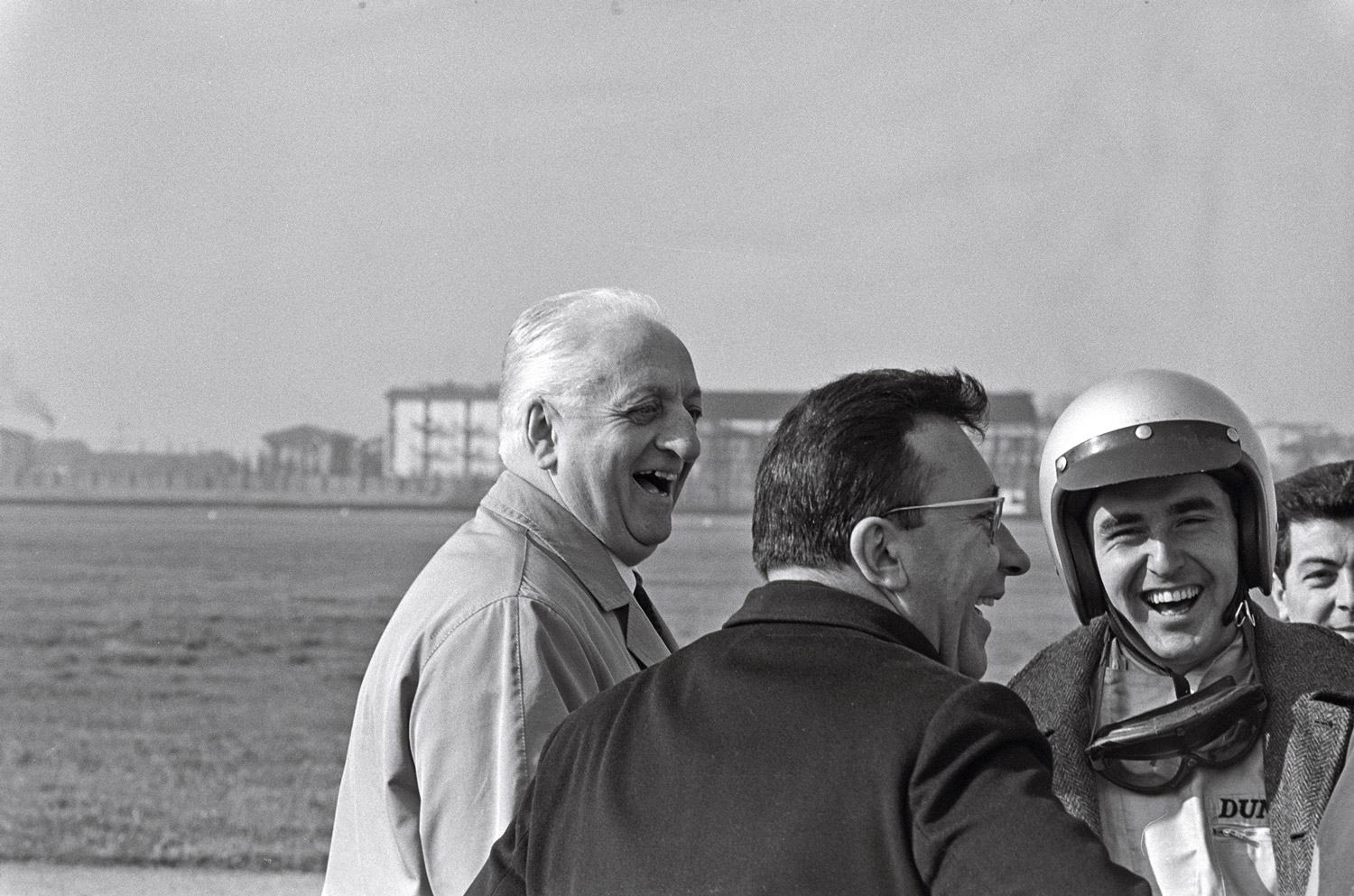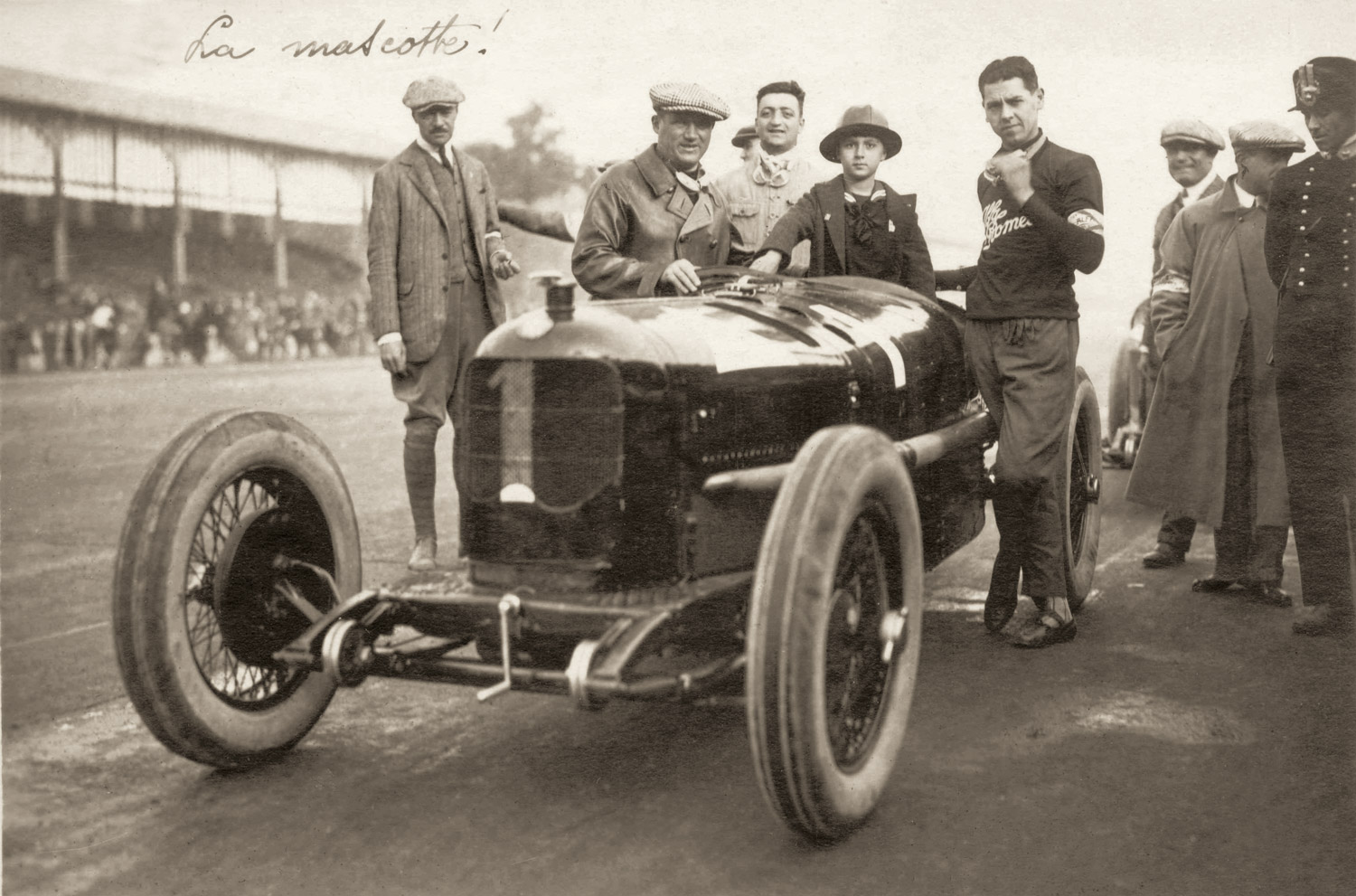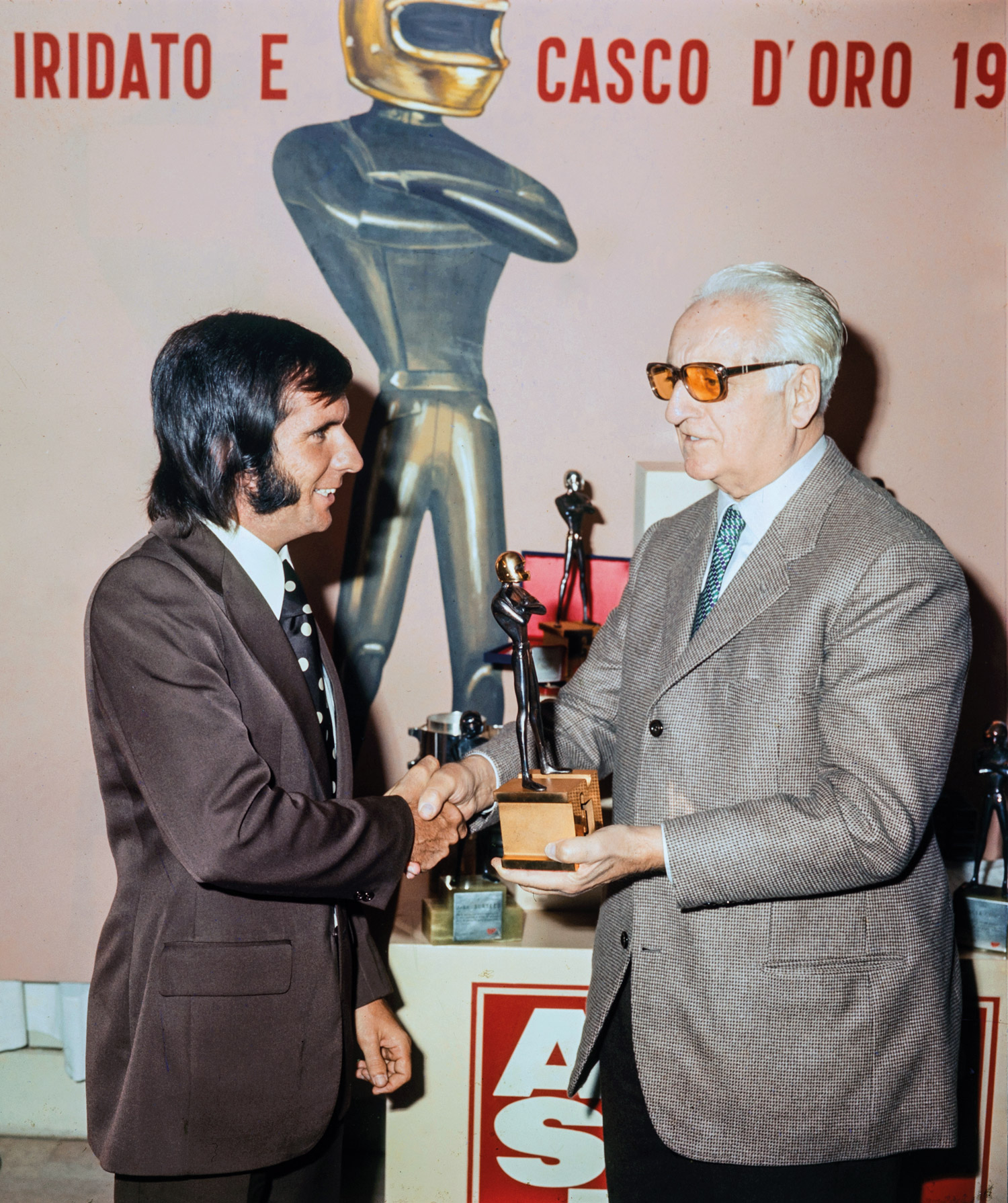Coming Spring 2018: Enzo Ferrari—Power, Politics, and the Making of an Automotive Empire
To members of the media, recipients of my Twitter posting, and to our readers interested in a “look behind the scenes” of how our books are created, published, and reviewed, this is a quick overview dealing with those points. They were referred to in a Twitter post I sent out that went beyond the individuals to whom they were intended (I’m still getting the hang of this Twitter business). I thought it a good idea to explain the terms I used and why they are relevant or important to us.
Luca and I appreciate your interest in his definitive biography of Enzo Ferrari. As you read the book you will not be surprised to learn it was a near decade-long effort to research and write, and you will find it remarkable that Luca had the stamina to produce his book. It boasts an academic rigor and commitment to historical accuracy that any serious historian would envy. Those characteristics are complemented by beautiful, lyrical writing and remarkably vivid depictions of events that at times seem almost poetic.
Additionally, Luca goes to great lengths to provide the sources of his information—the proof in the pudding—so you, the reader, are never asked to take his word for a fact. The sources are always provided. Each chapter concludes with numbered endnotes providing those sources.
Endnotes are basically the same as footnotes, but are located at the end of each chapter rather than the bottom of each page. From a design perspective they make for even page lengths. These notes provide the sources of the information, such as the newspaper or magazine in which a report apppeared, or the name of the individual who provided the information.
Most indexes simply list a subject and the page on which that subject appears. Annotated indexes list categories within the subjects rather than a plain list of page numbers. This is helpful for the reader looking to find information quickly and accurately. For researchers, this is terribly important because they can find precisely what they are looking for and they can do so quickly, without the frustration of hunting through scores of pages looking for their specific subject. The annotated index was not a part of the original Italian edition. In fact, that edition had no index of any kind.
This biography actually began life as a project between Luca and David. In the end, Luca decided it would be advantageous to publish in Italy first, where it quickly became a best-seller.
The English edition produced by David and Luca, has additional details and elements not found in the Italian edition. These include a foreword by Luca di Montezemolo, chapter endnotes citing all sources of information, and an annotated index, assembled with precision and specificity essential for efficient research. This book is alive with the spirit of Modena, Milan, and Maranello, as well as the the drivers who raced for Enzo, and of course, is brought to life by the author’s definitive presentation of Enzo himself.
Members of the media are encouraged to email David Bull for more information. Those interested in reviewing the book should also contact David with their pertinent information to request one of the few soft cover advance copies available now. These copies are very limited. For qualified media contacts unable to receive advance copies, a hardcover review copy will be sent as soon as they are available.






